Home>Garden Essentials>Garden Plants>What Can I Use To Substitute Thyme
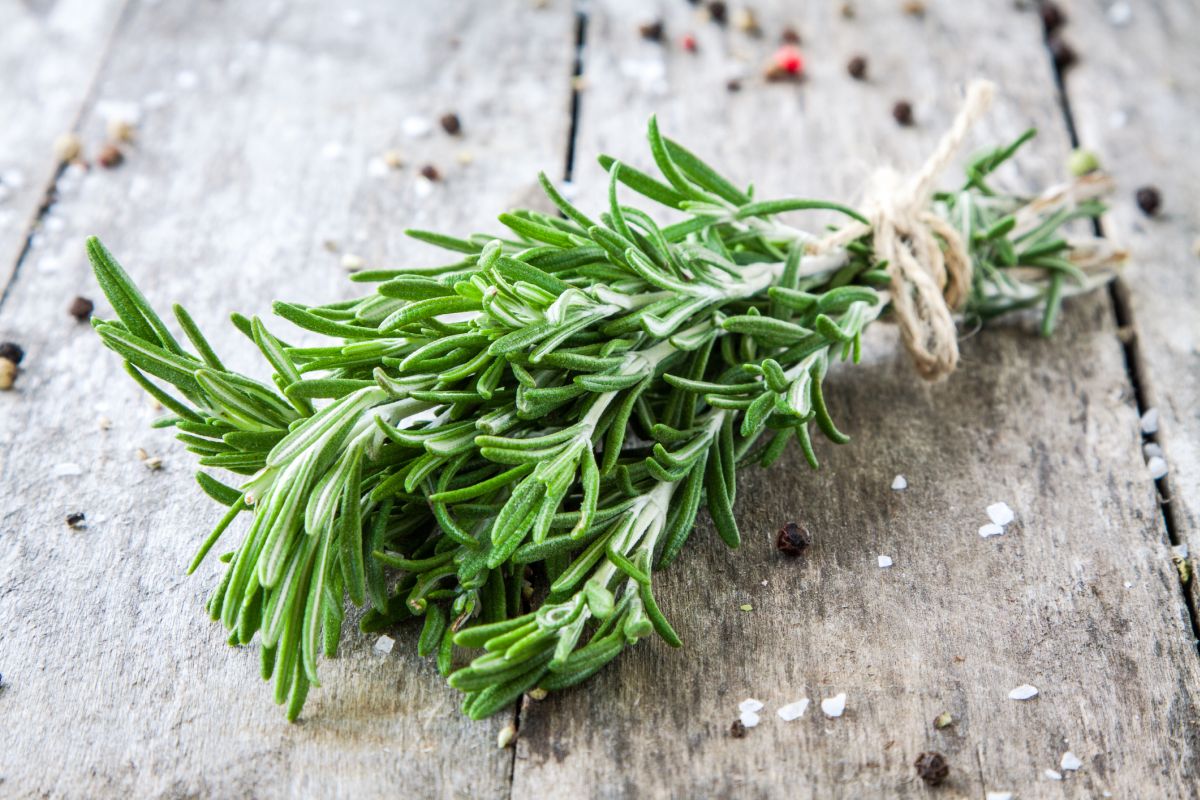

Garden Plants
What Can I Use To Substitute Thyme
Modified: December 7, 2023
Looking for alternatives to thyme? Discover a variety of plants that can be used as substitutes for thyme in your recipes.
(Many of the links in this article redirect to a specific reviewed product. Your purchase of these products through affiliate links helps to generate commission for Storables.com, at no extra cost. Learn more)
Introduction
Thyme is an incredible herb that adds a distinctive aroma and flavor to many dishes. It is commonly used in Mediterranean, Middle Eastern, and European cuisines, making it an essential ingredient in dishes like soups, stews, roasts, and marinades. However, there may be times when you don’t have thyme on hand or you’re looking for a substitute due to personal preference or dietary restrictions.
Fortunately, there are numerous herbs and spice blends that can be used as a substitute for thyme. These alternatives not only provide their own unique flavors but also offer similar aromatic and health benefits. In this article, we will explore various substitutes for thyme that can be used in a pinch to enhance the taste and aroma of your favorite recipes.
Key Takeaways:
- Elevate your dishes with flavorful substitutes for thyme like basil, oregano, and rosemary. Experiment with unique herb blends and get creative to enhance your culinary creations.
- Embrace the art of cooking by exploring new flavors and adapting recipes with thyme substitutes. From savory sage to vibrant cilantro, discover aromatic wonders in your favorite dishes.
Read more: What Can I Substitute For Fennel Seeds
Basil
Basil is a popular herb that is commonly used in Italian and Mediterranean cuisines. It has a slightly sweet and peppery flavor with hints of anise, making it an excellent substitute for thyme. Fresh basil leaves can be added to dishes like pasta sauces, pizzas, and salads as a substitute for thyme. The best way to use basil as a substitute is to chop the leaves and add them towards the end of the cooking process to retain their flavor and aroma.
In addition to its versatile flavor, basil also offers various health benefits. It is rich in antioxidants, vitamins A and K, and essential minerals like calcium and magnesium. Basil has anti-inflammatory properties that may help reduce inflammation in the body, and it also has antibacterial properties that can promote a healthy immune system.
When using basil as a substitute for thyme, keep in mind that the flavors are not identical. Thyme has a slightly earthy and floral taste, while basil has a more herbal and sweet profile. However, the aromatic qualities of both herbs are similar, and basil can add a fresh and vibrant touch to your dishes, making it a suitable alternative for thyme.
Oregano
Oregano is another excellent substitute for thyme when it comes to adding flavor and aroma to your dishes. It is a staple herb in Italian and Mediterranean cuisines, known for its robust and slightly bitter taste. Oregano can be used in various forms, including fresh leaves, dried flakes, or ground powder.
If you’re substituting thyme with fresh oregano, keep in mind that oregano has a stronger flavor, so you’ll want to use it in moderation. Add the fresh oregano towards the end of the cooking process to preserve its flavor. Dried oregano can be used in larger quantities due to its concentrated flavor, but be sure to adjust the amount according to your taste preferences.
In addition to its unique flavor, oregano offers several health benefits. It is rich in antioxidants, vitamins A and K, and minerals like iron and calcium. Oregano also has antimicrobial properties that can help combat bacteria and reduce the risk of infections.
When substituting thyme with oregano, keep in mind that the flavors are different. Thyme has a more herbaceous, slightly minty taste, while oregano has a stronger, more pungent flavor. However, both herbs add a savory and aromatic touch to dishes, making oregano a suitable replacement when you don’t have thyme on hand.
Marjoram
Marjoram is a herb closely related to thyme and oregano, and it can be a great substitute for thyme in many recipes. It has a mild and sweet flavor with hints of citrus and pine, making it a versatile herb that complements a wide range of dishes.
Like thyme, marjoram is commonly used in Mediterranean and European cuisines. It pairs well with meats, soups, stews, and roasted vegetables. Marjoram can be used fresh or dried, and both forms provide a unique flavor profile to your dishes. However, it’s important to note that fresh marjoram has a milder taste compared to dried marjoram, so you may need to adjust the quantity accordingly.
In addition to its culinary benefits, marjoram also offers various health benefits. It is rich in antioxidants that help protect against cellular damage and oxidative stress. Marjoram has anti-inflammatory properties that can help reduce inflammation in the body, and it may also have antimicrobial properties that support a healthy immune system.
When using marjoram as a substitute for thyme, keep in mind that the two herbs have slightly different flavors. Thyme has a slightly earthy and floral taste, while marjoram has a sweeter and more citrusy flavor. However, marjoram can still add a delicious and aromatic touch to your dishes, making it a viable option when thyme is unavailable.
Savory
Savory, as the name suggests, is a herb known for its savory and slightly peppery flavor. It is a close relative of thyme and can be a suitable substitute in recipes that call for thyme. Savory is commonly used in European and Mediterranean cuisines, particularly in dishes like soups, stews, and roasted meats.
There are two main types of savory: summer savory and winter savory. Summer savory has a milder flavor and is often used in lighter dishes, while winter savory has a more robust and intense flavor, making it suitable for heartier recipes. Both varieties can be used as a substitute for thyme depending on the desired taste profile.
When substituting thyme with savory, it’s important to consider the flavor difference. Thyme has a more herbaceous and floral taste, while savory has a stronger, peppery flavor. However, both herbs share a similar aromatic quality that can enhance the overall flavor of your dishes.
In terms of health benefits, savory is rich in antioxidants and essential nutrients like vitamin A, vitamin C, and iron. It also contains compounds that may have antimicrobial properties and support digestive health. Incorporating savory into your cooking not only adds flavor but also provides potential health advantages.
Whether you opt for summer savory or winter savory, both can be used as a substitute for thyme to add a savory and slightly peppery taste to your dishes. Experiment with different quantities to achieve the desired flavor, keeping in mind that savory has a stronger taste compared to thyme.
Read more: What Can I Plant With Thyme
Rosemary
Rosemary is a highly aromatic herb that can be an excellent substitute for thyme in certain recipes. It has a woody and slightly pine-like flavor with hints of citrus, making it a versatile herb that complements a variety of dishes.
Like thyme, rosemary is commonly used in Mediterranean and European cuisines. It pairs well with roasted meats, potatoes, stews, and soups. Rosemary can be used in both fresh and dried forms, but it’s important to note that its flavor is stronger in the dried form. When using fresh rosemary as a substitute for thyme, you may need to adjust the quantity to achieve the desired flavor.
In addition to its culinary benefits, rosemary also offers various health benefits. It is rich in antioxidants that help protect the body against oxidative stress and inflammation. Rosemary has also been associated with improved digestion, brain health, and immune function. Incorporating rosemary into your dishes not only adds flavor but also provides potential health advantages.
When substituting thyme with rosemary, keep in mind that the flavors are slightly different. Thyme has a more herbaceous and floral taste, while rosemary has a stronger and more pronounced flavor. However, both herbs share similar aromatic qualities and can add depth and complexity to your recipes.
Whether you’re using fresh rosemary or dried rosemary, it can be a suitable substitute for thyme in dishes that can benefit from its unique flavor profile. Experiment with different quantities to find the right balance and enjoy the delicious taste and aroma that rosemary brings to your cooking.
Sage
Sage is a versatile herb that can be a viable substitute for thyme thanks to its distinct flavor and aroma. It has a slightly earthy and peppery taste, with hints of lemon and eucalyptus. Sage is commonly used in Mediterranean and European cuisines, particularly in dishes like stuffing, roasted meats, and pasta sauces.
When substituting thyme with sage, it’s important to consider the flavor profile. Thyme has a more herbaceous and floral taste, while sage has a stronger and slightly bitter flavor. However, both herbs offer a similar aromatic quality that can enhance the overall taste of your dishes.
Whether you’re using fresh sage leaves or dried sage, it can add a savory and robust flavor to your recipes. Fresh sage leaves can be chopped and added to dishes towards the end of the cooking process to retain their flavor. Dried sage, on the other hand, has a more concentrated flavor and should be used sparingly.
In addition to its culinary uses, sage also offers potential health benefits. It contains antioxidants that help fight inflammation and may contribute to improved cognition and mood. Sage has also been traditionally used for its antibacterial and antimicrobial properties.
When using sage as a substitute for thyme, it’s good to keep in mind that the flavors are slightly different, but sage can still add a unique and delicious touch to your dishes. Adjust the quantity according to your taste preferences and the specific recipe you’re working with.
Next time you find yourself without thyme, reach for sage as a substitute to bring a savory and aromatic flavor to your cooking.
Herbes de Provence
Herbes de Provence is a traditional French herb blend that typically includes a combination of thyme, rosemary, marjoram, savory, and sometimes additional herbs like lavender, fennel seeds, or tarragon. This aromatic blend can be a fantastic substitute for thyme, as it already contains thyme as one of its primary ingredients.
Herbes de Provence is widely used in French cuisine and adds a distinct and robust flavor to dishes. It is commonly used in recipes for roasted meats, grilled vegetables, soups, and stews. Due to the combination of different herbs in this blend, it offers a complex and well-balanced flavor profile.
When using herbes de Provence as a substitute for thyme, keep in mind that the flavors may differ slightly. However, the presence of thyme in the blend already provides a familiar and similar aromatic quality. You can use herbes de Provence in the same quantities as you would use thyme in your recipes.
Aside from the convenience of having a pre-mixed herb blend, herbes de Provence also offers the benefits of the individual herbs within the blend. These herbs collectively provide antioxidants, vitamins, and minerals that can contribute to good health.
Using herbes de Provence as a substitute for thyme not only adds flavor and aroma to your dishes but also introduces a touch of French culinary tradition. It can elevate your recipes and give them a distinctive herbaceous character.
When you don’t have thyme on hand, reach for herbes de Provence to bring the flavors of the Mediterranean and the charm of French cooking to your table.
You can substitute thyme with oregano, marjoram, or savory in your recipes. These herbs have similar earthy and slightly floral flavors that can work well as a replacement for thyme.
Italian seasoning
Italian seasoning is a popular herb blend that typically includes a combination of herbs like basil, oregano, thyme, rosemary, parsley, and sometimes additional ingredients like garlic powder and red pepper flakes. This versatile blend can be an excellent substitute for thyme, as it already contains thyme as one of its key components.
Italian seasoning is widely used in Italian cuisine and can enhance the flavors of various dishes, including pasta sauces, pizzas, roasted vegetables, and meats. The combination of herbs in this blend adds depth and complexity to your recipes.
When using Italian seasoning as a substitute for thyme, keep in mind that the flavors may vary slightly due to the additional herbs included in the blend. However, the presence of thyme ensures a familiar aromatic quality. You can use Italian seasoning in the same quantities as you would use thyme in your recipes.
One of the advantages of using Italian seasoning as a substitute is that it saves time and effort in measuring and combining individual herbs. The blend is ready to use and provides a balanced flavor profile that is commonly associated with Italian dishes.
In addition to its convenience, Italian seasoning offers the health benefits associated with the individual herbs in the blend. Basil, oregano, and thyme, for example, are rich in antioxidants, vitamins, and minerals that can support overall well-being.
By using Italian seasoning as a substitute for thyme, you can infuse your dishes with the flavors of Italy and create delicious and authentic Italian-inspired meals.
Read more: What Is Thyme Used For
Za’atar
Za’atar is a flavorful Middle Eastern spice blend that can serve as a unique substitute for thyme. It is typically made with a combination of dried thyme, sesame seeds, sumac, salt, and sometimes additional herbs like oregano or marjoram. Za’atar offers a tangy and earthy flavor profile that can add depth to a variety of dishes.
Za’atar is a versatile spice blend that is commonly used in Middle Eastern cuisines. It can be sprinkled over salads, roasted vegetables, grilled meats, or used as a seasoning for breads and dips. The combination of aromatic herbs and tangy sumac in za’atar creates a complex and distinctive taste experience.
When substituting thyme with za’atar, it’s important to consider the unique flavor characteristics of the blend. Za’atar offers a slightly tangy and herbaceous taste, which can differ from the more floral and earthy flavor of standalone thyme. However, the inclusion of thyme in za’atar ensures a recognizable aromatic quality.
Aside from its delightful flavor, za’atar also provides potential health benefits. Thyme, one of the key components, is known for its antimicrobial and antioxidant properties. Sumac, another ingredient in za’atar, is rich in antioxidants and may have anti-inflammatory properties as well.
Za’atar can add a delicious Middle Eastern twist to your dishes, allowing you to explore new flavors and culinary experiences. Whether you incorporate it into traditional Middle Eastern recipes or use it as a unique substitute for thyme in other cuisines, za’atar is sure to elevate your meal with its distinctive taste.
Parsley
Parsley is a versatile herb that can be a suitable substitute for thyme, especially when it comes to adding freshness and color to your dishes. It has a mild and slightly peppery flavor with a hint of bitterness. Parsley is commonly used in various cuisines around the world, including Mediterranean, Middle Eastern, and European.
When substituting thyme with parsley, it’s important to note that the flavors are different. Thyme has a more herbaceous and floral taste, while parsley has a milder and slightly tangy flavor. However, parsley can add a vibrant touch to your recipes and complement a wide range of dishes.
Parsley can be used in both fresh and dried forms. Fresh parsley leaves can be finely chopped and used as a garnish or added to salads, soups, and sauces. Dried parsley can be used in larger quantities and added during the cooking process to infuse its flavor into the dish.
In addition to its culinary uses, parsley offers various health benefits. It is a great source of vitamin C, vitamin K, and folate. Parsley also contains antioxidants that help protect against cellular damage and may have anti-inflammatory properties.
When using parsley as a substitute for thyme, keep in mind that the flavor profile will be different. However, both herbs can add depth and complexity to your recipes. Experiment with different quantities and find the right balance to enhance the taste of your dishes.
Whether you choose flat-leaf parsley or curly parsley, incorporating parsley as a substitute for thyme can add a fresh and vibrant element to your cooking.
Tarragon
Tarragon is a unique herb with a distinct flavor that can serve as an interesting substitute for thyme in certain recipes. It has a subtle anise or licorice-like taste with hints of sweetness. Tarragon is commonly used in French and Mediterranean cuisines, particularly in sauces, dressings, and seafood dishes.
When substituting thyme with tarragon, it’s important to consider the contrast in flavor profiles. Thyme has a more herbaceous and floral taste, while tarragon offers a slightly sweeter and more aromatic flavor. However, tarragon can add a sophisticated touch to your dishes with its unique taste.
Tarragon can be used in both fresh and dried forms. Fresh tarragon leaves can be chopped and added to recipes toward the end of the cooking process to preserve their delicate flavor. Dried tarragon can be used in larger quantities and added earlier in the cooking process to allow its flavor to infuse the dish.
Along with its culinary uses, tarragon also offers potential health benefits. It contains antioxidants that help protect against oxidative stress and inflammation. Tarragon has been traditionally used for its digestive properties and as an appetite stimulant.
When using tarragon as a substitute for thyme, keep in mind that the flavor will be different. However, tarragon can bring a unique and sophisticated element to your recipes. Experiment with different quantities to find the right balance and enjoy the subtle sweetness and aromatic qualities of tarragon in your dishes.
Cilantro
Cilantro, also known as coriander leaves, is a vibrant herb that can be an interesting substitute for thyme, particularly in certain cuisines. It has a fresh and citrusy flavor with hints of parsley. Cilantro is commonly used in Mexican, Thai, Indian, and other Asian cuisines.
When substituting thyme with cilantro, it’s important to acknowledge the contrast in flavor profiles. Thyme has a more herbaceous and floral taste, while cilantro offers a bright and citrusy flavor. However, cilantro can add a refreshing and aromatic element to your recipes.
Cilantro is typically used in its fresh form, as the leaves provide the most vibrant flavor. Chop the leaves and stem and add them to dishes like salsas, curries, stir-fries, and marinades. Cilantro is best added towards the end of the cooking process to maintain its flavor and freshness.
In addition to its culinary uses, cilantro also offers potential health benefits. It is a good source of vitamins A, C, and K, as well as antioxidants. Cilantro has been traditionally used to support digestion and may have detoxifying properties.
When using cilantro as a substitute for thyme, keep in mind that the flavors will be different. However, cilantro can bring a unique and vibrant character to your recipes. Experiment with different quantities to find the right balance and enjoy the refreshing taste and aroma of cilantro in your dishes.
Read more: Where Can I Buy Thyme Tincture
Dried Thyme Substitutes
If you are looking for a substitute for dried thyme specifically, there are several options available that can provide similar flavors and aromas. These substitutes can be used in recipes that call for dried thyme and can help enhance the taste of your dishes. Here are some dried thyme substitutes to consider:
- Dried Marjoram: Dried marjoram is a fantastic substitute for dried thyme as it has a similar taste profile. It offers a mild and slightly sweet flavor that can complement a wide range of dishes. Use it in the same quantities as dried thyme for a comparable taste.
- Dried Oregano: As mentioned earlier, dried oregano can be a suitable substitute for thyme. Its robust flavor and aroma can add depth to your dishes. However, keep in mind that oregano has a slightly stronger taste, so you may need to use it in moderation compared to thyme.
- Dried Basil: While not identical in flavor, dried basil can provide a pleasant substitute for dried thyme in certain recipes. It has a slightly sweeter taste with hints of pepper and mint. Add it to your dishes in the same quantity as dried thyme to achieve a balanced flavor.
- Dried Sage: Dried sage can be a suitable alternative for dried thyme, especially in dishes that can benefit from its earthy and slightly peppery flavor. Use it in the same quantities as dried thyme for a distinct and aromatic taste.
- Dried Rosemary: Although dried rosemary has a stronger flavor compared to dried thyme, it can work as a substitute in recipes where the herb’s distinct taste is desired. Use it sparingly, as rosemary can overpower other flavors if used excessively.
When substituting dried thyme with any of these alternatives, keep in mind that the flavors may differ slightly. Adjust the quantities according to your personal taste preferences and the specific recipe you are working with.
Whether you choose dried marjoram, oregano, basil, sage, or rosemary as a substitute, these options can provide a similar aromatic quality to your dishes that dried thyme typically offers.
Conclusion
When you find yourself in need of a thyme substitute, there are several options available that can provide similar flavors and aromas to enhance your culinary creations. From herbs like basil, oregano, marjoram, and sage to spice blends like herbes de Provence and Italian seasoning, each substitute brings its own unique characteristics to your dishes.
Whether you’re looking for a substitute for fresh thyme or dried thyme specifically, the alternatives mentioned in this article can be used to add depth, flavor, and variety to your recipes. While the flavors may not be identical, the substitutes can still contribute their own aromatic and taste profiles to enhance the overall experience.
It’s important to consider the individual qualities of each substitute when choosing the best one for your dish. Adjust the quantities accordingly, keeping in mind that some herbs or blends may have stronger flavors compared to thyme.
Furthermore, don’t hesitate to experiment and get creative with your cooking. Combining different substitutes or using them in conjunction with other complementary herbs and spices can lead to exciting flavor combinations and delicious results.
Remember, cooking is an art, and using substitutes for thyme allows you to explore new flavors and adapt recipes to your preferences and dietary needs. So, the next time you find yourself without thyme, try one of these alternatives and continue to enjoy the delicious and aromatic wonders of your favorite dishes.
Frequently Asked Questions about What Can I Use To Substitute Thyme
Was this page helpful?
At Storables.com, we guarantee accurate and reliable information. Our content, validated by Expert Board Contributors, is crafted following stringent Editorial Policies. We're committed to providing you with well-researched, expert-backed insights for all your informational needs.
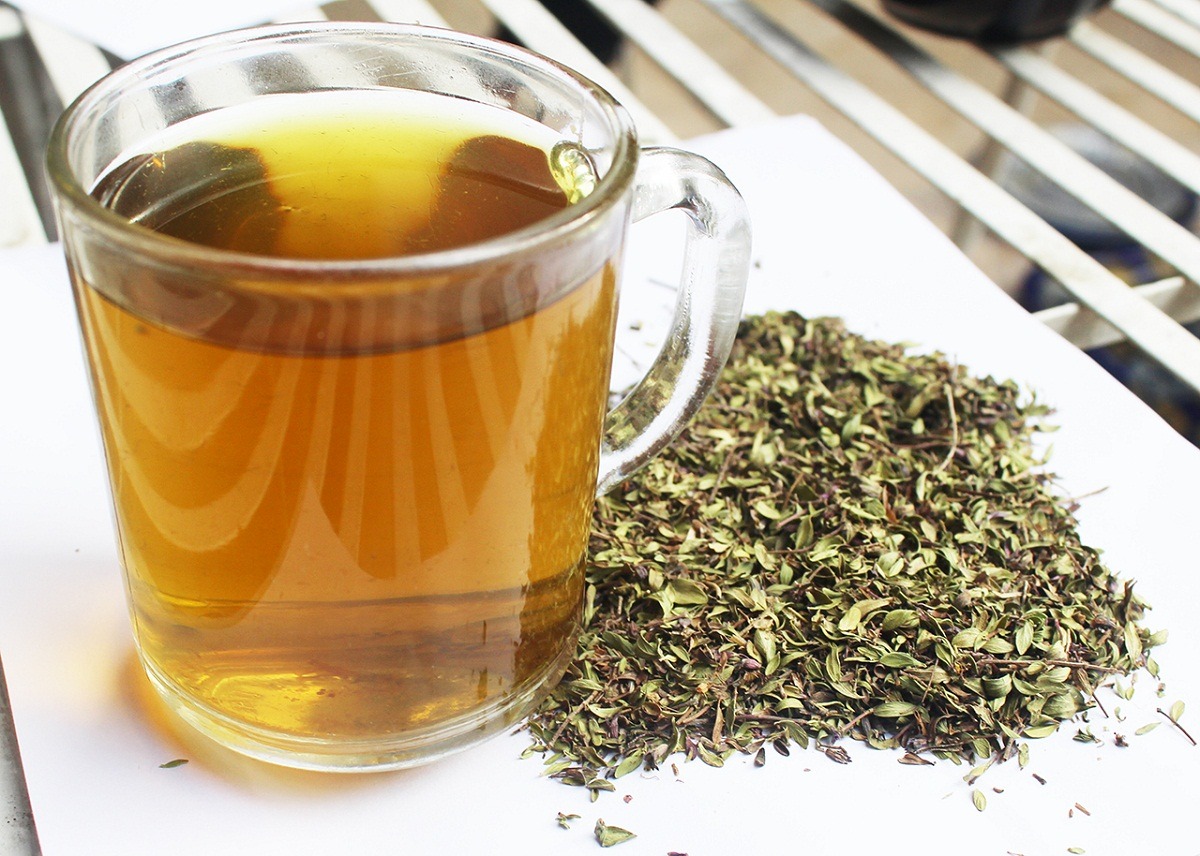

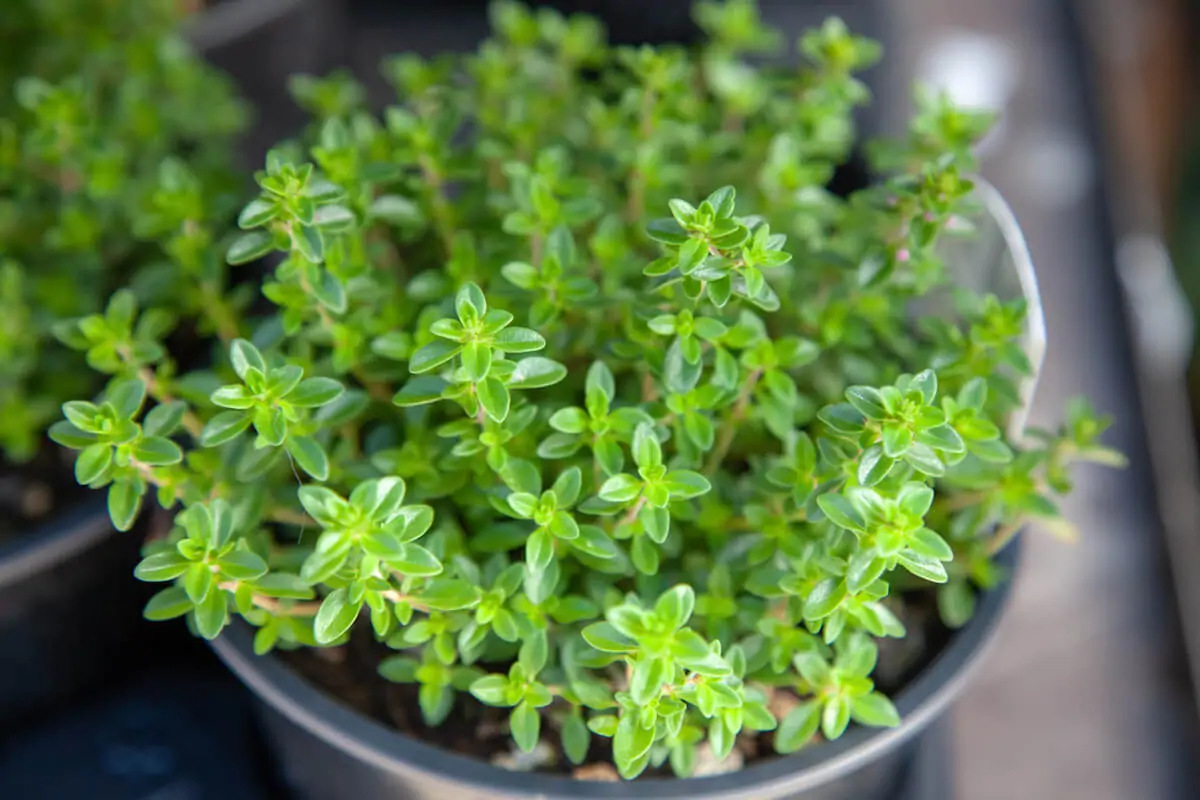
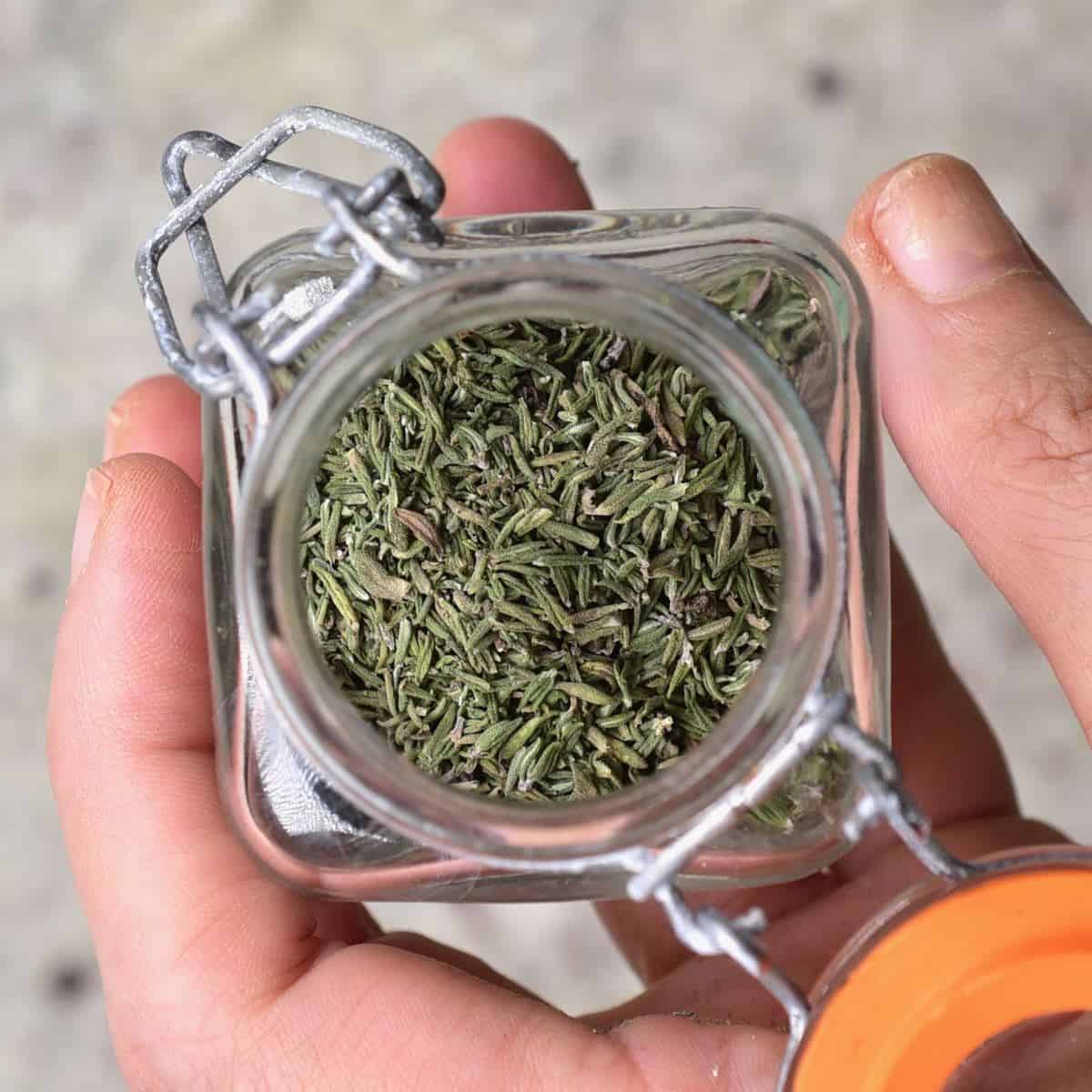
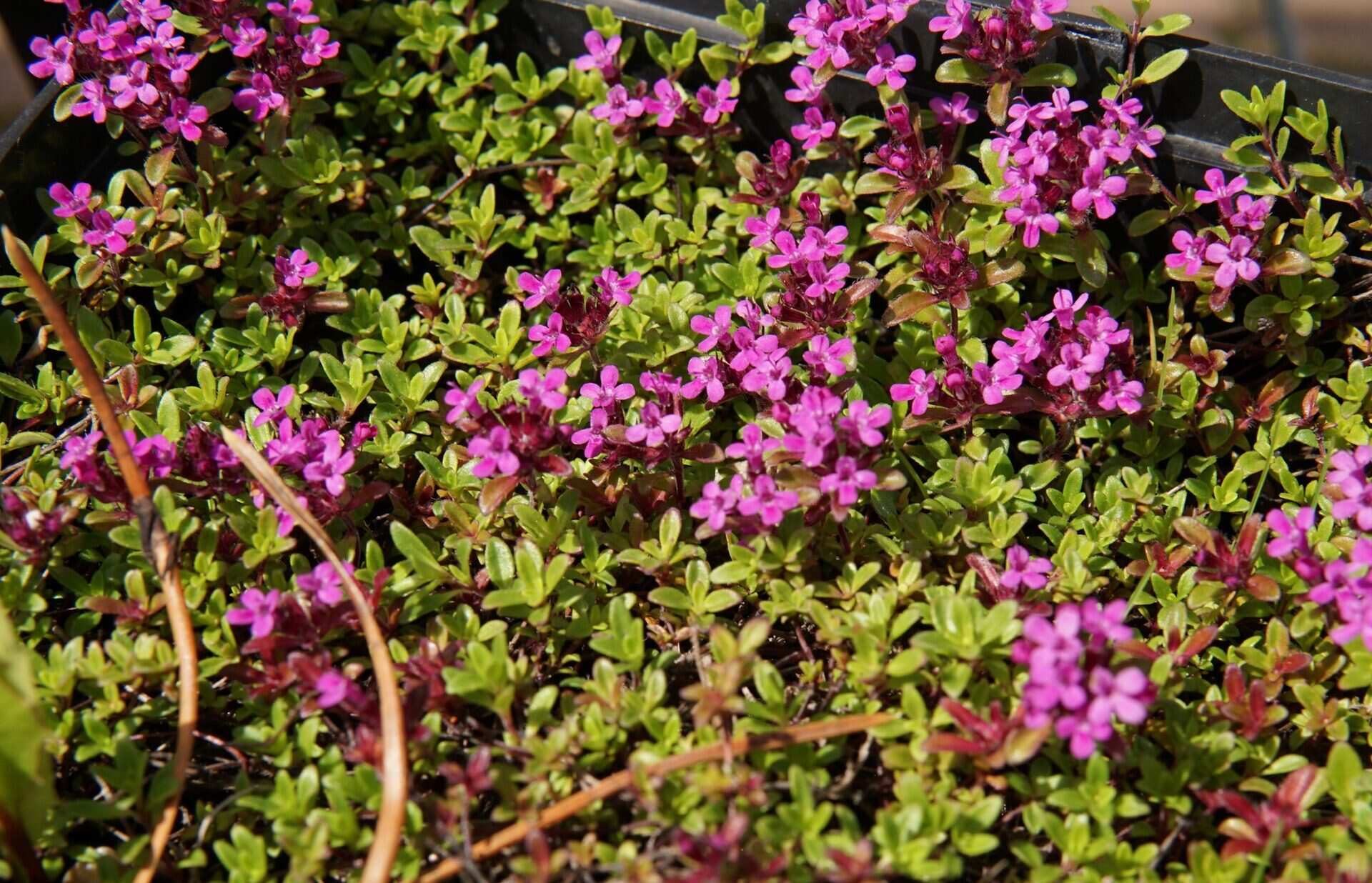
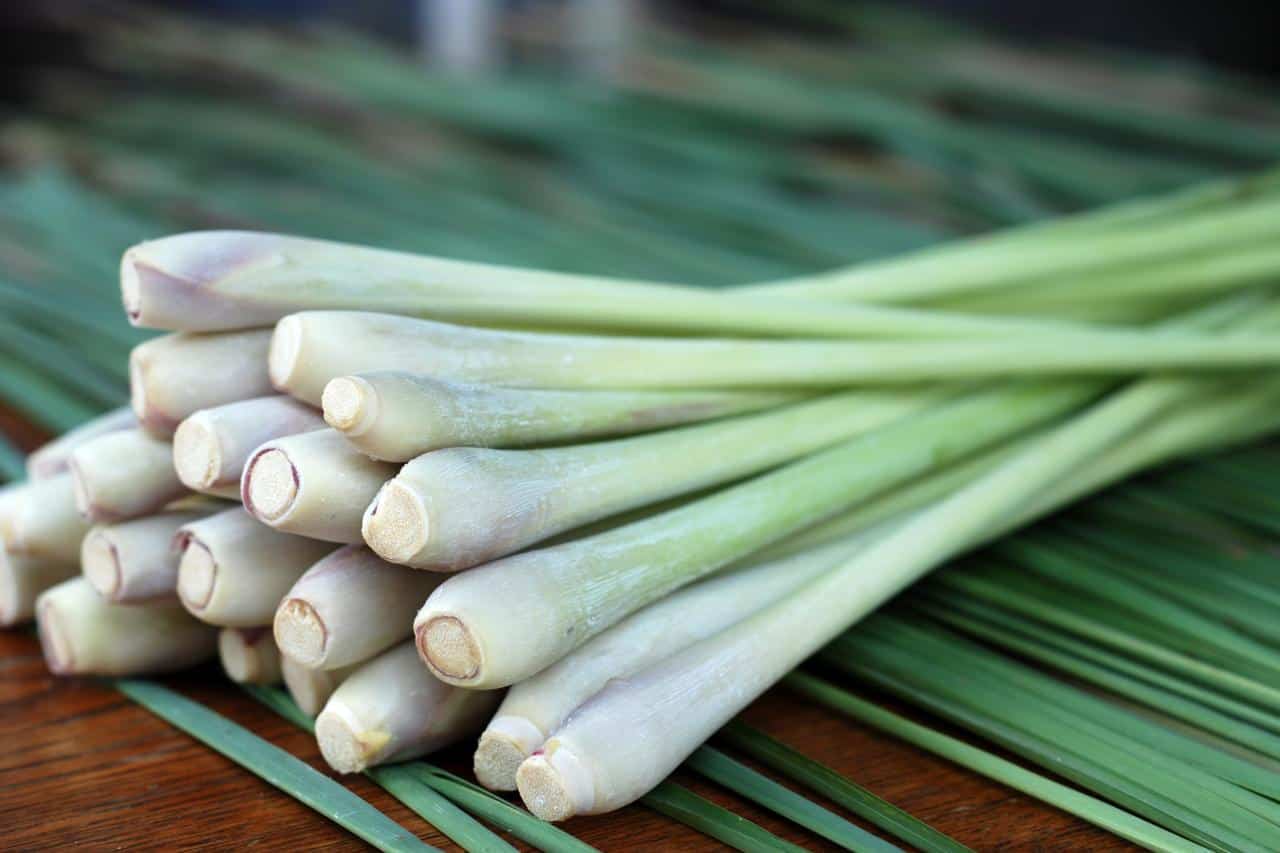

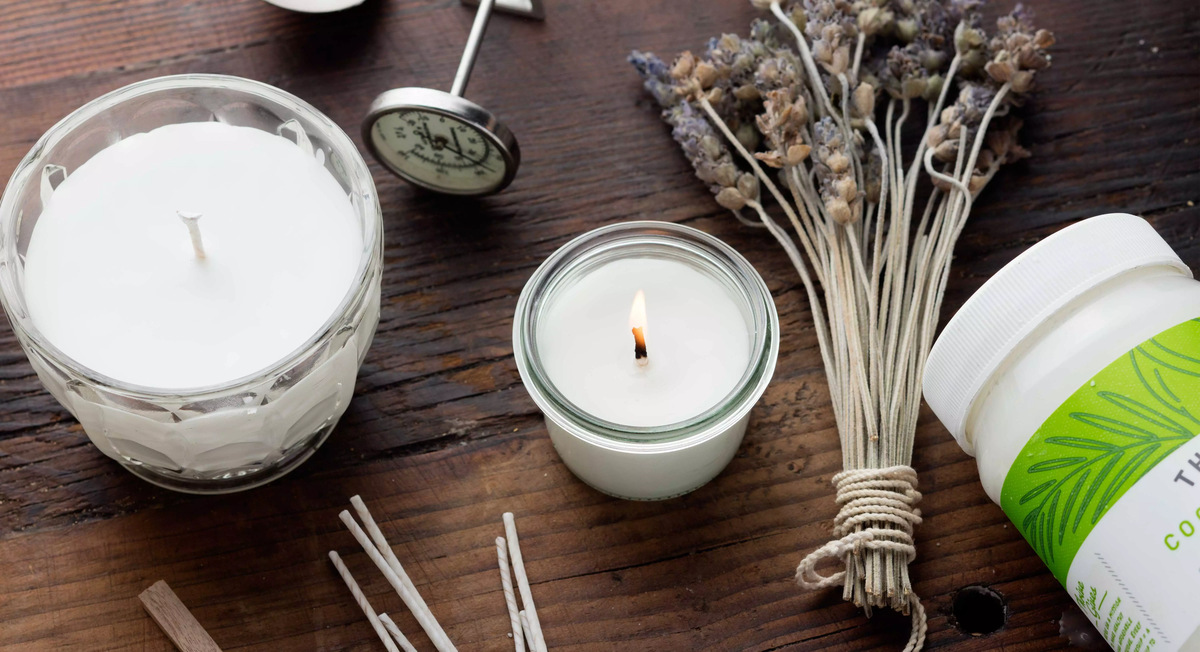



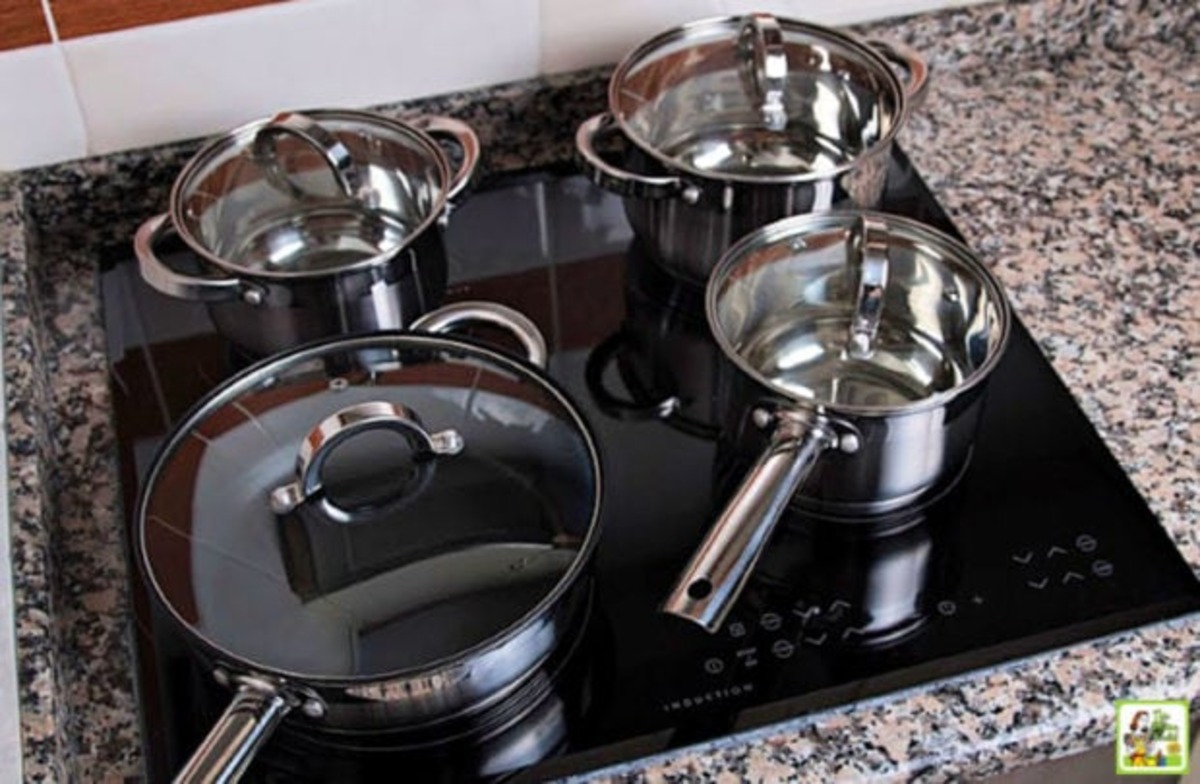

0 thoughts on “What Can I Use To Substitute Thyme”